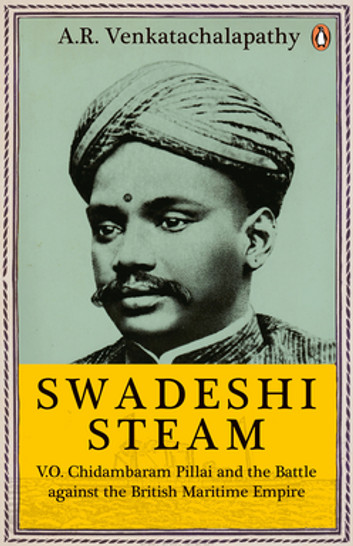For well over a century, India’s nationalists and leftist political activists claimed that British-ruled India made excessive payments to Britain, calling it ‘drain’ or wasted/lost national savings.
The word ‘drain’ had a long pedigree. Edmund Burke, a fierce critic of the East India Company, first used it. Burke’s drain persisted in assessments of public finance. In 1859, W.H. Sykes called military heads of expenditure ‘the chief drain upon the Indian Exchequer’.
The modern definition owes to Dadabhai Naoroji, who implied that India’s balance of trade surplus with Britain was money Britain swindled out of India. Leftist historians Utsa and Prabhat Patnaik have adopted this flawed and ideological interpretation (Monthly Review, 2021).
Naoroji’s economics was unsound. A trade surplus in India funded payments for services. The only valid measure of economic drain is this: the value these services added to national income was less than what was paid for them. No believer in drain asks if this was the case.
This point was made by critics, Kirti Chaudhuri and Theodore Morrison. The Left continues to push its narrative by deliberately ignoring criticisms. Evidence: Patnaiks do not cite any critical writing, and the Monthly Review referees did not think that was a misrepresentation.
For a short article on the drain theory, see here: tirthankarroy.net/economic-histo…
• • •
Missing some Tweet in this thread? You can try to
force a refresh





